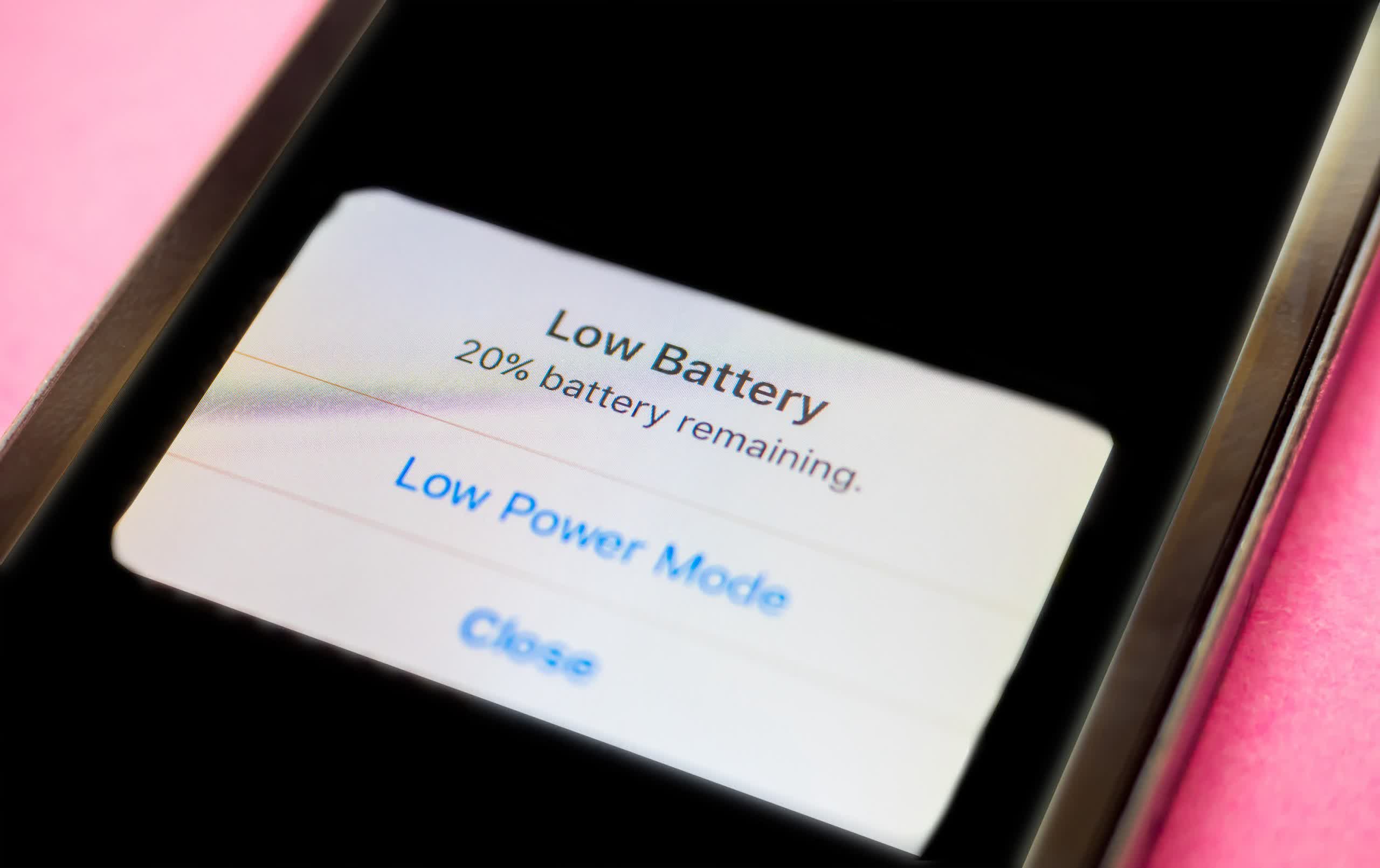The internet is mad again: Few things are more frustrating than when the battery on your phone dies in the middle of the day. We have certain expectations about how long our electronics should run. Sometimes those expectations are reasonable, and other times they are not. However, when you just so happen to notice remarkably shorter battery life right after a firmware update, it has to be the developer's fault, right?
Despite its long list of highly anticipated features, including "Face ID with a mask," users are beginning to find that their battery life has plummeted since installing iOS 15.4. Some owners report decreases of as much as 50 percent or more.
What's wrong with the iPhone battery after iOS 15.4 update? 🪫 @AppleSupport It used to last 1.5 days with significant usage and now it's less that 20 hours. 😳
--- Nassos Kappa (@nassoskappa) March 18, 2022
ios 15.4 battery drain is absolutely ridiculous. why can't @Apple @AppleSupport ever get releases right the first time ' down 5% in less than 10 minutes.
--- JY " (@laceup524) March 16, 2022
It's not uncommon for updates to have a few bugs on release, and battery life is a constant struggle with any smartphone. But Apple's response to these recent complaints is somewhat baffling.
In a tweet addressing one user's gripe, Apple support said, "It's normal for your apps and features to need to adjust up to 48 hours after an update."
Is it? If so, it's the first we've has heard of this, and nothing like that is listed on Apple's support website. Furthermore, iOS 15.4 rolled out on March 14, while news of the complaints broke only earlier this week. Surely, some reporting the issue have been running the update for longer than 48 hours. Apple's public response just doesn't add up.
Thanks for reaching out! We'll be happy to help. It's normal for your apps and features to need to adjust up to 48 hours after an update.
--- Apple Support (@AppleSupport) March 19, 2022
Let's have you reach out to us in a DM if this is still an issue after that time so we can help you look into this further.
At this point, Apple Support on Twitter seems to be taking on the complaints with troubleshooting sessions via Twitter direct messaging. However, it's not likely that anything support says on a case-by-case basis is much different than the battery-saving tips found on its support pages.
As an iPhone's lithium-ion battery ages, it begins holding less charge. At first, this could be so subtle as to be unnoticeable, but the update could have made the lower capacity more pronounced. So there is a chance that the affected users already had battery problems because of a worn-out battery and just didn't notice.
Users can check their battery health by going to Settings->Battery->Battery Health. Here they will see Maximum Capacity listed as a percentage, but Apple has no solid recommendations on when to replace your battery. Charge times can vary widely depending on how the iPhone is used, regardless of the battery health percentage. That is to say, a battery health reading of 75 percent could last all day for those who primarily use their iPhone strictly for communication. Conversely, a game player will see a more rapid drain at 75 percent.
None of this goes anywhere in explaining Apple's strange 48-hour excuse. It was likely just a poorly formulated tweet by an Apple Support moderator caught unaware and could not think of a better explanation. We'll see if Apple has a more logical excuse in the coming days or, even better, a patch that fixes the problem.
Image credit: Boyhey
